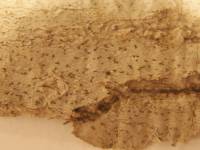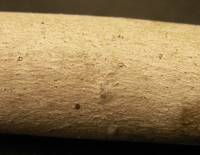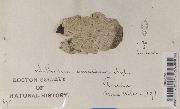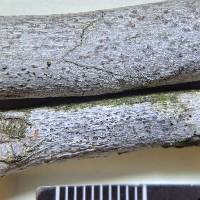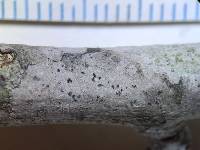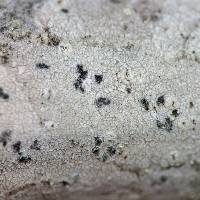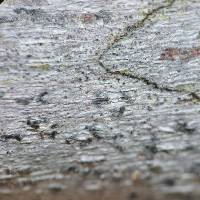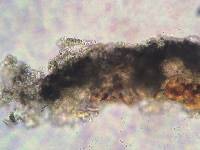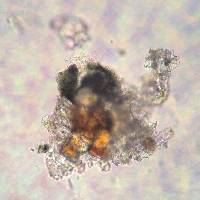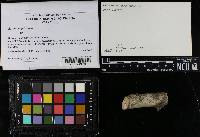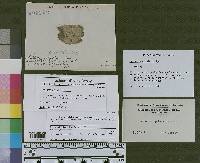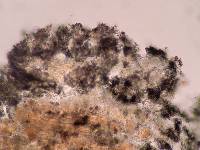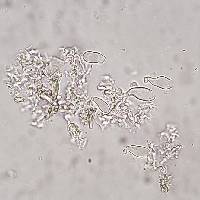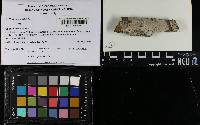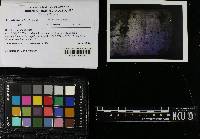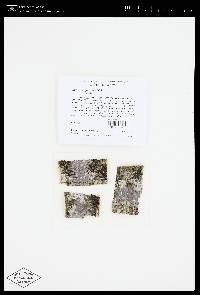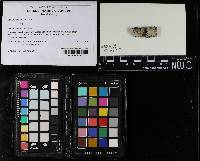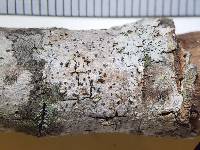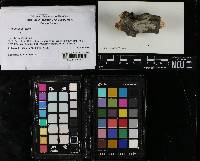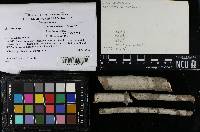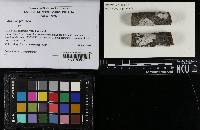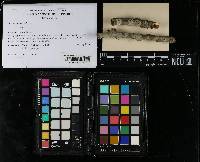
- Home
- Search
- Images
- Species Checklists
- US States: O-Z >
- US National Parks
- Central America
- South America
- US National Parks
- Southern Subpolar Region
|
|
|
|
Family: Arthoniaceae
|
MB#376780 Type. UNITED STATES. New Jersey: Eckfeldt, J.W. s.n. (H-NYL 4990, holotype) Description. Non-lichenized, presumably saprophytic “allied” fungus. Chemistry. Spot tests all negative, secondary metabolites unknown. Substrate and Habitat. On smooth bark of hardwood twigs and branches, in hardwood and mixed forests, also seen in human-altered habitats. Distribution. Eastern North America; in North Carolina common throughout. Notes. Arthonia quintaria is a member of a large, typically lichenized genus that includes species that lack a photobiont or are weakly lichenized. It is not clear whether the nonlichenized state is ancestral or species have secondarily lost their photobiont and evolved a saprophytic lifestyle. Arthonia quintaria is a pioneer species, often found on twigs. It is postulated that the species produces spores seasonally, as several collections lack spores or mature asci. Literature Nylander, W. (1885) Arthoniae novae Americae borealis. Flora 68(16): 311-313. (original description) Fink, B. (1935) The Lichen Flora of the United States. University of Michigan Press, Ann Arbor. Thiyagaraja, V., R. Lücking, D. Ertz, D.N. Wanasinghe, S.C. Karunarathna, E. Camporesi & K.D. Hyde. (2020) Evolution of non-lichenized, saprophytic species of Arthonia (Ascomycota, Arthoniales) and resurrection of Naevia, with notes on Mycoporum. Fungal Diversity 102: 205-224. |
|
|
|



